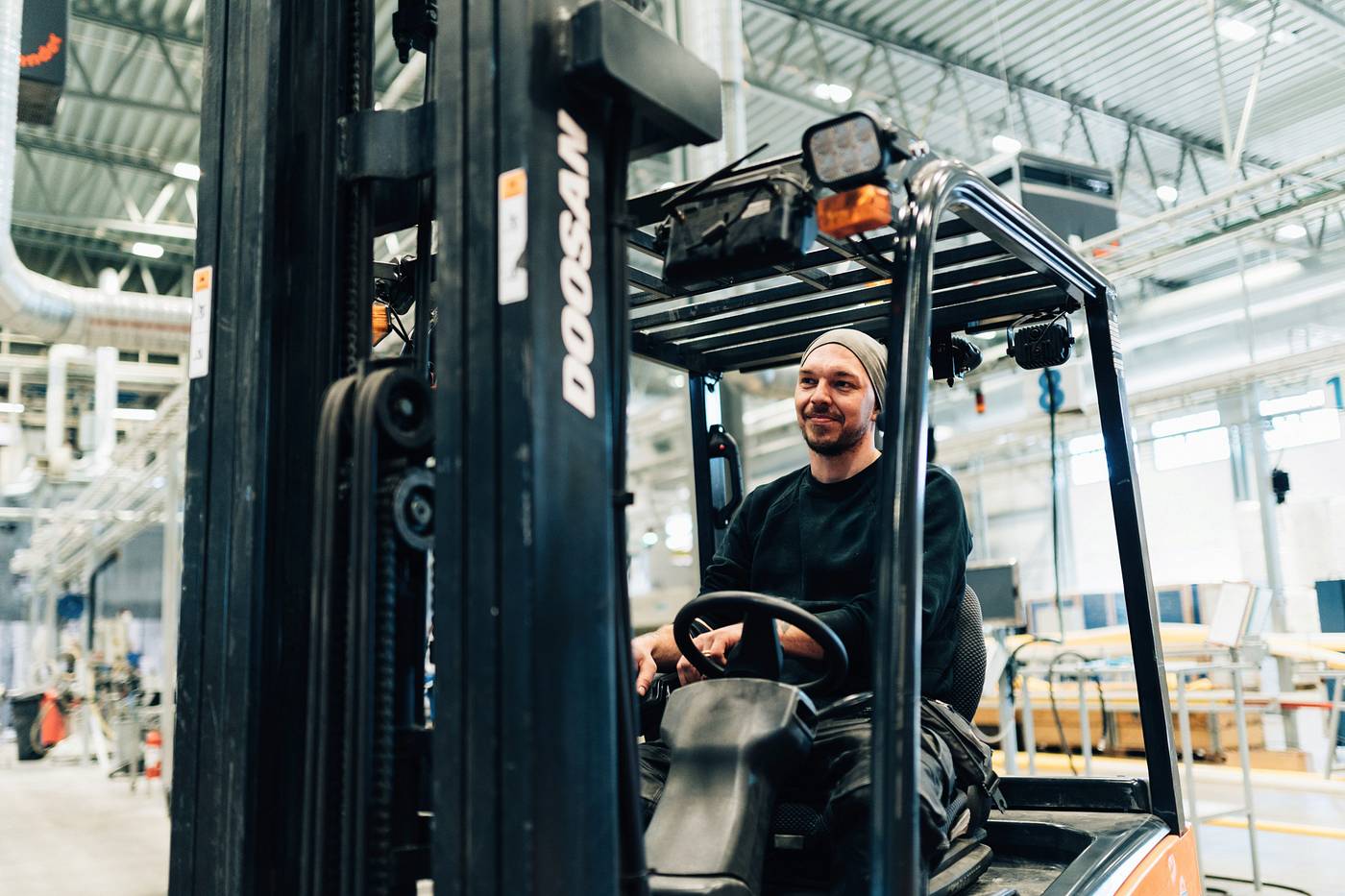I was impressed that the results were visible immediately after commissioning the industrial air purifiers. It’s as if we are now seeing everything in high definition. Not only that, but the employees seem to feel cleaner and enjoy their work more.


Clean air pays dividends – so we make it our mission to keep your air clean with the best industrial air purifiers.
Clean air pays dividends – so we make it our mission to keep your air clean with the best industrial air purifiers.


I was impressed that the results were visible immediately after commissioning the industrial air purifiers. It’s as if we are now seeing everything in high definition. Not only that, but the employees seem to feel cleaner and enjoy their work more.